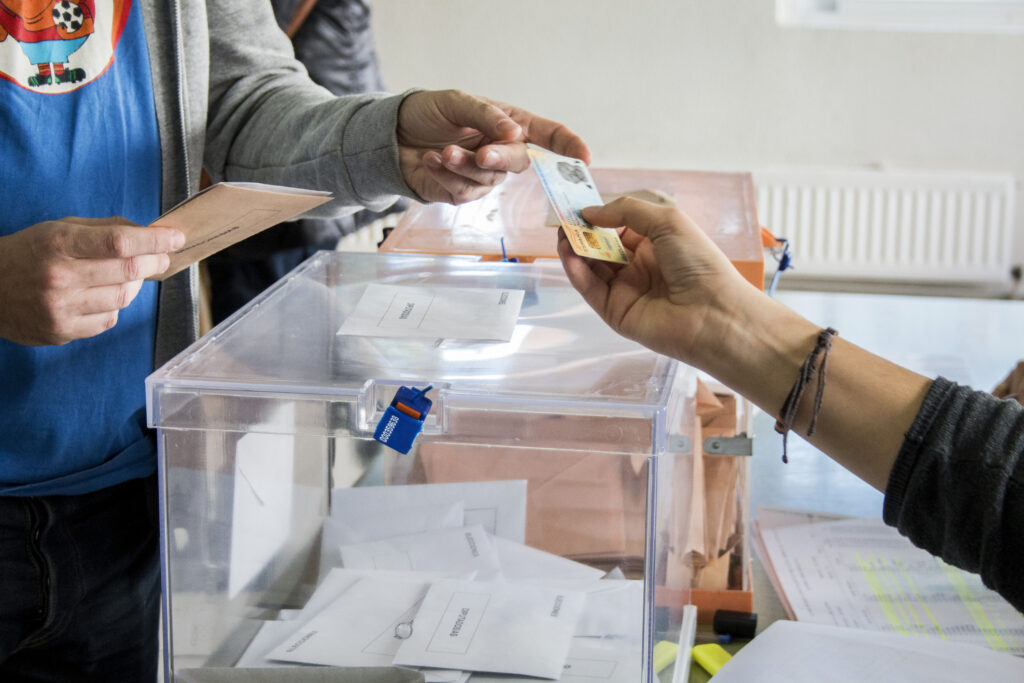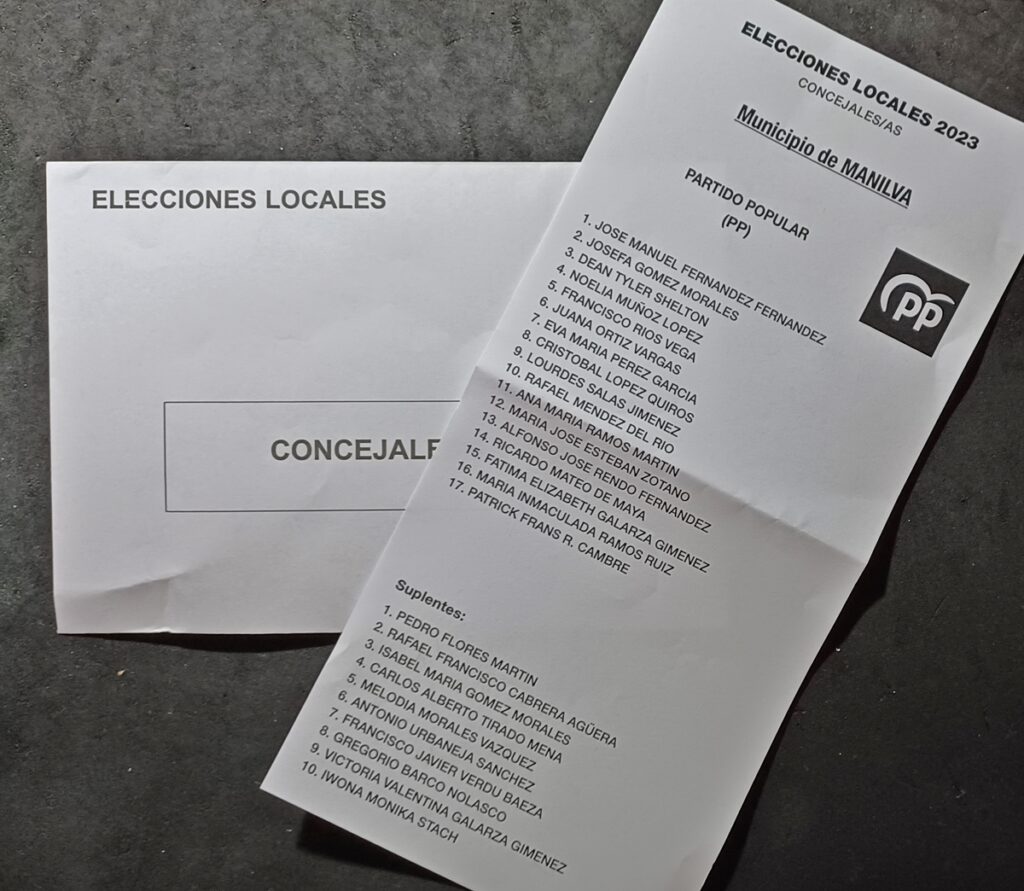
Spain holds its local council elections on a fixed four year cycle, with residents going to the polls on the last Sunday of May. The next municipal elections will be held on Sunday, 28th May, 2023.
Municipal elections for local councils in Spain follow the proportional representation system of voting. Unlike in the UK where you vote for an individual candidate, here in Spain you vote for a party list.
Each political party presents a list of candidates, the number of which must be at least the same as the number of council seats available. The number of council seats is governed by the size of the population and in Manilva’s case is 17.
Each party gains council seats in relation to its percentage of the votes. So, in a very simplistic example, if 6,800 people voted, the parties would gain a seat for every 400 votes they received. Obviously voting is never this tidy, and there is a system called the D’Hondt method to calculate the allocation of seats.
If any party is fortunate to gain 9 seats or more, they would have an absolute majority, but in most previous elections no party has managed to do so, therefore the party with the most votes gets the first opportunity to form a coalition, or pact, with another party to gain that majority. If they are unable to do so then the party with the next greatest number of votes gets the chance.
Voting on the day

If you managed to register to vote, quite an achievement given the obstacles put in our way, then you visit your allocated polling station, which is indicated on the electoral form you should have received. Don’t worry if you didn’t receive one, you do not require it to cast your vote.
Your polling station is governed by where you live in the municipality, and we will publish a general guide shortly.
Polling stations are open for you to vote from 9 am to 8 pm.
If you already know which party you wish to vote for then visit their local headquarters and they will gladly give you an envelope containing their list, which you deposit in the ballot box on the day.
Do not mark this paper in any way, don’t be tempted to ring or underline a particular candidate as this will be deemed a spoiled vote and will be invalid.
If you haven’t got your party’s list then on arrival at the polling station you will find booths in which you can select the list, and place it in the envelope (don’t forget to seal it).
It is essential that you take some official photo ID, ideally your TIE card, as proof of identity. You proceed to the desk housing the ballot box, where an electoral officer will check your name against the list of eligible voters.
The officer will then uncover the slot on the ballot box and invite you to drop in your envelope, they will then call out your name for the various party moderators to tick you off of their lists, and declare that you have voted.
Don’t forget that your vote is totally secret, and only the fact that you voted or not is recorded.
That’s it, you can now leave the polling station happy in the knowledge that you have exercised your right and responsibility to participate in the democratic process.








